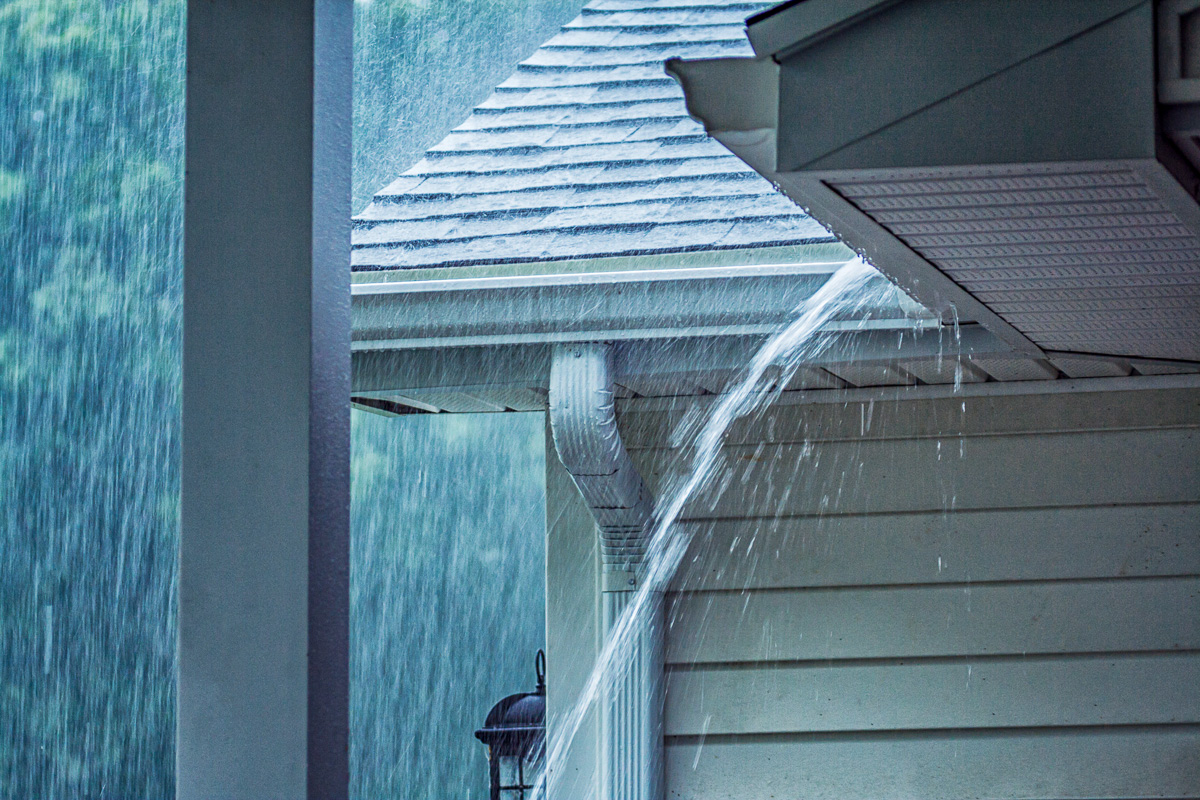8 Myths to Avoid When Watering Your Plants
Watering plants isn’t an exact science. Read this article to help you understand when to and when to not water plants.
Summer rains can be tricky when it comes to keeping plants happy. Just because a downpour happened doesn’t mean water has made it down plant roots.
Young and newly planted plants are particularly susceptible to dry-soil stress when summer storms don’t deliver what you think they did.
Top of the list is the area under roof overhangs. Overhangs can sometimes reach out two or more feet over walls, blocking rain from falling on anything you’ve planted that close to the structure. Keep an eye on plants in these spots because you might have to water them even in rainy weather.
A second sneakily dry area is under trees, especially big shade trees. For one thing, raindrops can be blocked or absorbed by the thick leaf canopies, limiting how much water makes it to the ground. Then the rain that makes its way through the canopy has to penetrate the mulch layer that most people have around their plants under trees.
Depending on how thick that layer is (and it shouldn’t be any more than about three inches around shrubs and one to two inches around perennials and groundcovers), it can take an inch or more of rain to reach the soil surface under the mulch.
Even when enough rain falls to adequately dampen the soil in the root zone, big tree roots can quickly grab it, easily out-competing small and younger plant roots.
Check your soil under trees after rain to see how much of the water has made it to paydirt. A good “tool” is your index finger. Insert your finger a few inches into the soil to determine if the soil is damp or dry where the roots are.
Keep the hose handy whenever planting new plants under trees to help compensate for the rain-blocking and root competition.

Willowpix / iStock / via Getty Images
A third area to pay attention to is banks and slopes.
Summer storms often happen in short-lived deluges rather than gentle day-long soakings, leading to the water running off rather than soaking in. Especially if your bank is covered with shredded hardwood (a mulch that tends to knit together), you might find that rain runs off even at the beginning of a storm. That’s because this knitted layer makes a tight surface that repels water until enough of it falls to break the surface tension and soak in.
South- and west-facing banks dry especially fast, so even when a good rain soaks the soil in the root zone, they can still dry again within a few days.
Plants in pots dry out even faster after rain than in-ground plants.
The soil in container plantings could be dry again just a day or two later, especially if the weather turns hot and dry. Weight is a good indicator if your pot’s soil has gone dry. Tipping pots a little is a good way to determine if the soil is holding moisture or if it has gone bone-dry.
Similarly to checking water in-ground plants, you can use your index finger to check dampness a few inches down.